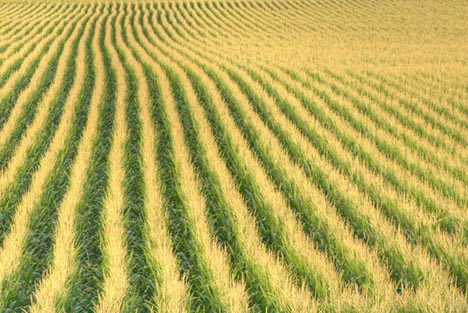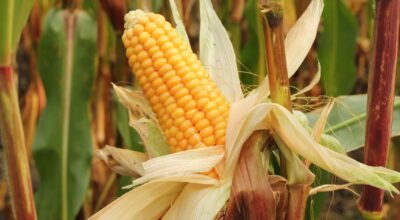
While the state of Washington is far from the U.S. farming hotspots in the corn belt, farmers in the region helped the state grab the number one spot for sweet corn production, the Tri-City Herald reports.
According to the media outlet, farmer Clayton Voss had a hand in helping the state earn the title, as the 28-year-old farmer has been double-cropping sweet corn with green peas for about six seasons. Although dozens of other crops grow all over his land, he said sweet corn production provides the bulk of the operation’s income.
“It’s a massive amount of work, but it pays off,” he said.
Sweet corn production, which is sold in markets as the corn used for grilling in the summer and for soups in the winter, has been a huge source of income for Minnesota farmers for years, who have historically planted the most acres of the grain, but new figures from the U.S. Department of Agriculture show Washington has climbed to number one.
The value of corn is one reason farmers continue to grow it, however many producers are attracted to it for a different reason. Often, farmers use the crop for its important role in farm management, maintaining soil health and ensuring operations can support a wide range of crops over multiple seasons.
According to the media outlet, nearly all of the state’s growing operations are found in seven counties in the central and southeastern regions. The corn grown on these farms holds more moisture than field corn, and can be eaten either fresh or processed, said Tim Waters, vegetable specialist with the Washington State University Extension in Franklin County.
Regional farmer Scott Knight grew sweet corn crops for years for its unique ability to ward off pests and diseases that can affect other crops, such as wheat, alfalfa and timothy hay.
“It breaks up the chemistry of the ground,” he said.
According to the news provider, Corinne Nosal, spokeswoman for Del Monte Foods, said the drought that has swept the country will likely prompt farmers to take cost-saving measures due to the lower supply. Corn prices have fallen in recent weeks in response to USDA downgrades of sweet corn production.
Still, according to the Des Moines register, the outlook for the crop is improving, with about one-quarter of this year’s harvest suggesting yields could be better than many expected after the drought.
Photo Courtesy Of: http://www.treehugger.com/


